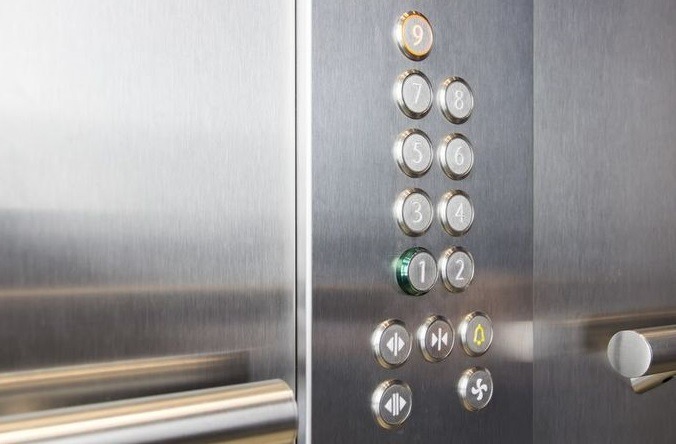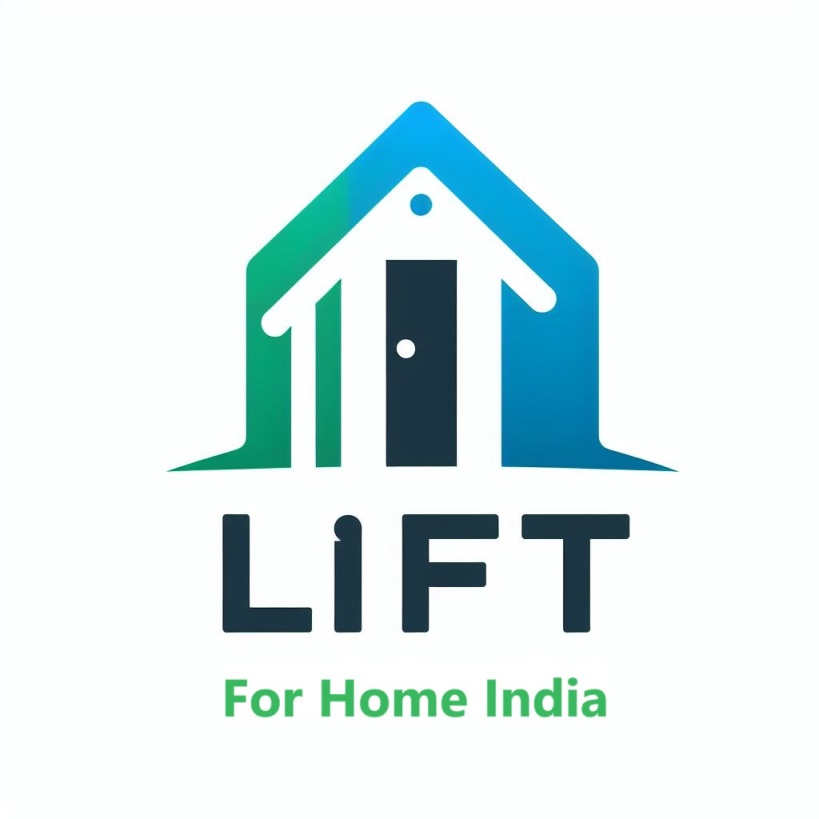The future of lift technology in India is exciting and transformative. As urbanization continues to shape the Indian landscape, elevators are evolving to meet the demands of a dynamic and vertical future. Smart features, sustainability, innovative designs, and enhanced safety measures are set to redefine the way we move within our built environment, shaping the trajectory of lift technology. Embracing these advancements will not only enhance the efficiency of vertical transportation but also contribute to a more sustainable and sophisticated urban living experience.

Future Lift Technology in India
As we move forward, the building lift technology market in India anticipates substantial growth. The demand for home lifts is expected to persistently rise due to the growing aging population and an increasing number of individuals facing mobility issues.
Technological advancements also play a crucial role in the adoption of home lifts.
Introducing energy-efficient and smart lifts that users can control through mobile apps, featuring emergency alarms and automatic rescue devices, can enhance the appeal of these devices.
Moreover, home lift manufacturers and providers are also offering more customized solutions to cater to the unique needs of different households. For instance, designers can craft lifts to match the interior decor of the home or create them to fit into small spaces, thereby increasing their appeal.
However, for the wider adoption of lift technology, there is a need for supportive legislation and building codes that encourage or mandate the inclusion of lifts, especially in multi-storey residential buildings. Awareness campaigns about the benefits of home lifts can also help to boost their adoption.
How Indians are Adapting to Lift Technology
In India, the adoption of home lift technology has been growing steadily. This is largely due to the increasing awareness about the benefits of home lifts, such as improved mobility for the elderly and physically challenged, and the convenience they offer for multi-storeyed residences.
The rapid urbanization and the trend towards vertical living in high-rise apartments have also contributed to the rise in demand for home lifts in India.

More and more Indians are recognizing the value of having a lift in their homes, not only for its functional benefits but also for the potential increase in property value.
Different types of home lifts are being adopted to suit individual needs and home structures. For example, stair lifts and through-floor lifts are preferred in homes where space is limited or for users who have mobility issues. On the other hand, passenger lifts and glass lifts are becoming popular choices in luxury apartments and villas for their aesthetic appeal and capacity to transport more than one person or heavy goods.
Furthermore, the Indian government’s initiatives for making public and private spaces more accessible for people with disabilities have also played a significant role in the growing adoption of home lift technology in the country.
However, despite the increasing trend, there are still challenges to overcome. High costs can be incurred in installing and maintaining home lifts, and not all residential buildings are designed to accommodate them. Additionally, there can be power supply issues, especially in rural and semi-urban areas.
Overall, the growth of home lift technology in India holds significant potential, but addressing these challenges and establishing home lifts as a standard feature in Indian homes requires greater efforts.
Home Lifts Types
Home lifts come in several different types, each designed to meet specific needs and preferences. Here are a few common types:

- Platform Lifts: These are basic lifts that consist of a platform which moves vertically to transport people or goods from one floor to another. People often use them for wheelchair accessibility.
- Stair Lifts: They design these lifts to move along a track fitted to the staircase. A chair or small platform is provided for the user to sit or stand on. Stair lifts are ideal for those who have difficulty climbing stairs.
- Through-Floor Lifts: They design these lifts to move through a cut-out in the floor, enabling users to transition between floors without leaving their wheelchair. When not in use, users can neatly tuck away these compact lifts.
- Passenger Lifts: These are traditional lifts that can carry multiple people at once. Multi-story homes commonly feature them, and they are available in a range of sizes and styles.
- Glass Lifts: Crafted with glass walls, these lifts offer a stylish and panoramic view as you move between floors. They can be a luxurious addition to a home.
- Outdoor Lifts: Designed to withstand outdoor conditions, these lifts can offer accessibility to outdoor spaces, such as decks or upper-level entrances.
When choosing a home lift, it’s important to keep in mind the specific needs of the user, the available space, and the budget.
